
When talking about Japanese history, one cannot overlook Tokugawa Ieyasu (1542-1616), a figure who shaped an entire era. In the 2024 Emmy Award-winning drama "SHOGUN," the main character Yoshii Toranaga, portrayed by Hiroyuki Sanada, is a warrior inspired by Tokugawa Ieyasu. Many viewers who watched the show may have found themselves curious about who Tokugawa Ieyasu really was. In this article, we will explore the life, achievements, personality, and famous quotes of Tokugawa Ieyasu.
Who is Tokugawa Ieyasu, the Model for Yoshii Toranaga in "SHOGUN"?
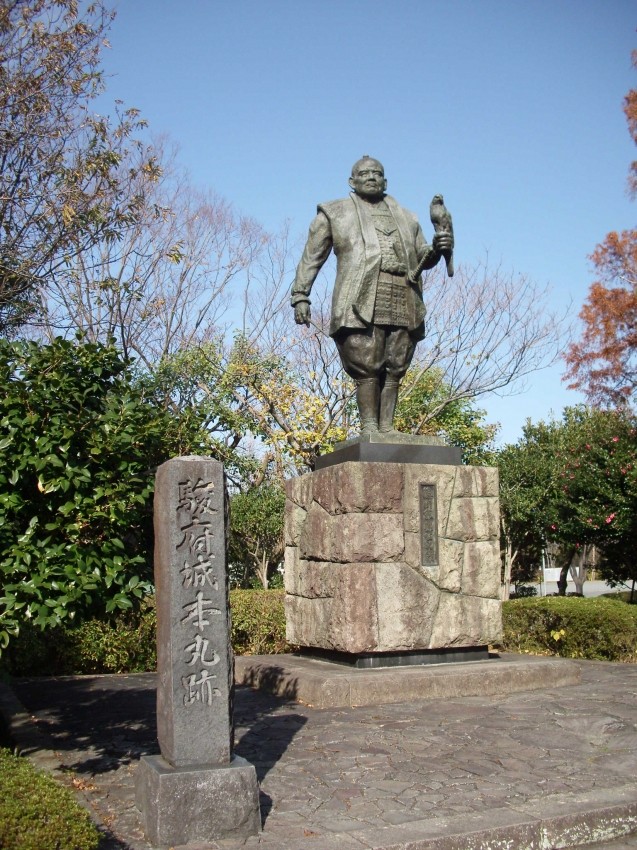
Tokugawa Ieyasu was the man who, during Japan's Sengoku (Warring States) and Azuchi-Momoyama periods, completed the program to unify the country after the civil wars. This program was initiated by the warlord Oda Nobunaga and later taken over by Toyotomi Hideyoshi. Ieyasu achieved this by establishing the Edo Shogunate, laying the foundation for an unprecedented era of peace and stability in Japanese history. The process of unification is often compared to making rice cakes, as expressed in this famous haiku:
"Oda pounds the rice, Toyotomi kneads the dough, And Tokugawa eats the finished cake without lifting a finger."
*This haiku humorously conveys that Oda Nobunaga did the hard work of pounding the rice, Toyotomi Hideyoshi shaped it, and Tokugawa Ieyasu, without much effort, sat back and enjoyed the result.
The Life of Tokugawa Ieyasu

Let’s begin by exploring the life of Tokugawa Ieyasu, following it step by step. The following details are summarized from "Tokugawa Ieyasu: The Shogun Who Established the Edo Shogunate" (supervised by Manabu Oishi, written by Keisuke Nishimoto, illustrated by Tomomi Miyajima, Minerva Shobo, 2010).
Tokugawa Ieyasu's Childhood and Youth: A Hostage to Other Daimyo Clans
Tokugawa Ieyasu was born in 1542 as the eldest son of the Matsudaira clan, a ruling family of Mikawa Province (present-day Aichi Prefecture), at Okazaki Castle. At the time, the Matsudaira clan was surrounded by two powerful daimyo families, the Imagawa to the east and the Oda to the west. As a result, from the age of six, Ieyasu was sent as a hostage to the Oda clan, and at the age of eight, he was transferred to the Imagawa clan, where he spent his childhood.
A turning point came for Ieyasu at the age of 19. When Imagawa Yoshimoto was defeated by Oda Nobunaga in the Battle of Okehazama, Ieyasu was able to break free from the Imagawa clan and ended his life as a hostage. In January 1562, Ieyasu formed an alliance with Oda Nobunaga at Kiyosu Castle (Aichi Prefecture), and by 1566, he had changed his family name from Matsudaira to Tokugawa.
Tokugawa Ieyasu Establishes the Edo Shogunate: Conflicts with Toyotomi Hideyoshi and the Battle of Sekigahara
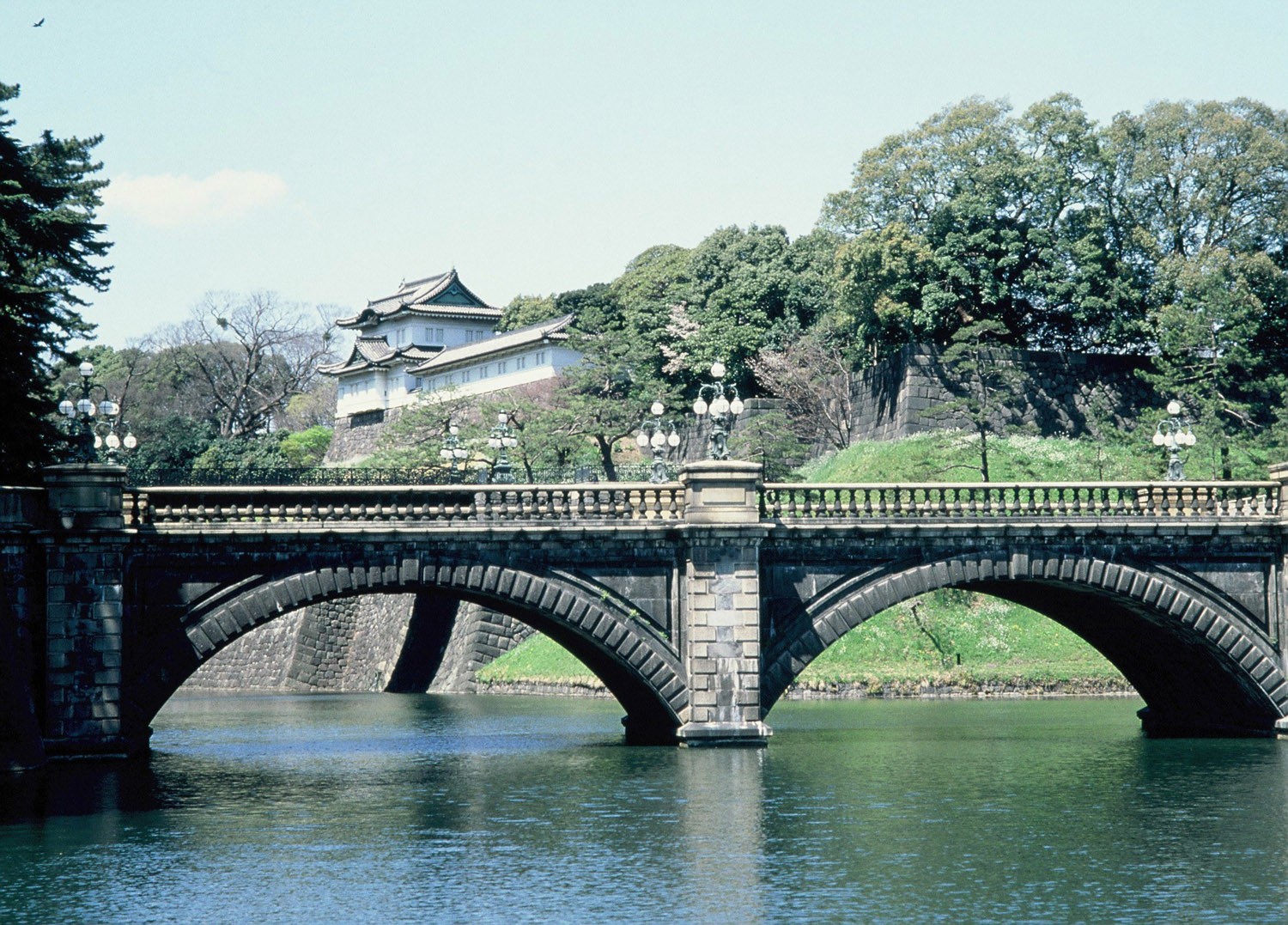
In 1582, Oda Nobunaga, who had been striving for the unification of Japan, was attacked by his vassal Akechi Mitsuhide in the Incident at Honnō-ji and took his own life. Afterward, another vassal, Toyotomi Hideyoshi, defeated Akechi Mitsuhide and succeeded Nobunaga's mission. In 1584, the Battle of Komaki and Nagakute took place between Ieyasu and Hideyoshi, but it ended without a clear resolution, leading to Ieyasu reconciling with Hideyoshi and pledging his loyalty to him. In 1590, Ieyasu moved to Edo (modern-day Tokyo), a new domain granted to him by Hideyoshi, and took residence in Edo Castle.
After unifying the country, Hideyoshi passed away in 1598. Following his death, a conflict arose between Ieyasu and Ishida Mitsunari, who sought to take control and support Hideyoshi's heir, Hideyori. This led to the Battle of Sekigahara in 1600, a decisive conflict often referred to as the "battle for the fate of the nation." The daimyos of Japan were divided between Ieyasu's Eastern Army and Mitsunari's Western Army. Ultimately, Ieyasu's Eastern Army emerged victorious.
The Later Years of Tokugawa Ieyasu: Establishing the Edo Shogunate
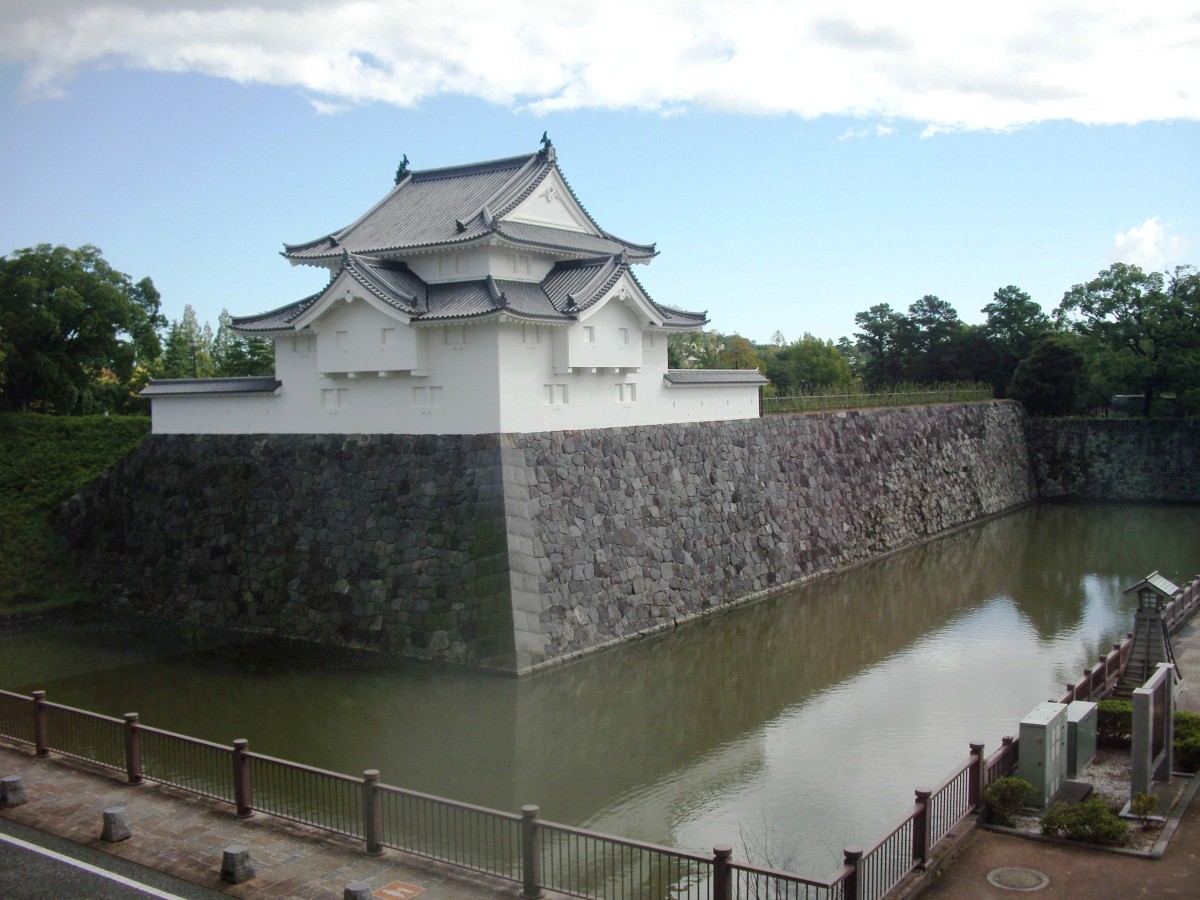
After his victory at Sekigahara, Ieyasu was appointed Shogun in 1603 and formally established the Edo Shogunate in Edo. As Shogun, he commanded the daimyos to transform Edo into a fitting castle town for the Shogunate. Land reclamation projects from the sea and marshlands were undertaken, and the daimyos built their residences around Edo Castle, turning Edo into a massive city. In 1604, Ieyasu began developing national roads, including the Tōkaidō, and established post towns along the routes. He also set up checkpoints to strictly monitor travelers for security purposes.
In 1605, Ieyasu handed over the title of Shogun to his third son, Hidetada, and retired to Sunpu Castle (in present-day Shizuoka Prefecture), where he continued to hold significant influence as "Ōgosho" (Retired Shogun). However, fearing that Hideyori would attempt to reclaim power, Ieyasu launched the Winter Campaign of Osaka in 1614 and the Summer Campaign of Osaka in 1615, leading to the destruction of the Toyotomi clan. After the Summer Campaign, Ieyasu implemented several policies, such as the "One Castle Per Province Law," which limited each domain to only one castle, and the "Buke Shohatto," a set of laws regulating the conduct of the daimyos.
The Death of Tokugawa Ieyasu: The Continuation of the Edo Shogunate's Governance System
Tokugawa Ieyasu passed away in 1616 at the age of 75. Even after his son Hidetada took over as Shogun, the "Tokugawa Era" continued for 265 years, all the way through to the 15th Shogun, Yoshinobu, and the Meiji Restoration in 1868. To put it in perspective, 2024 marks just 165 years since the fall of the Shogunate, which had lasted an impressive 265 years. This longevity demonstrates the remarkable stability and success of the Edo Shogunate's governance system.
The Personality of Tokugawa Ieyasu: Health and a Love for the Arts

Next, let's explore Ieyasu's personality and tastes. According to "The Decisions of Tokugawa Ieyasu: Ten Choices from Okehazama to Sekigahara and the Osaka Campaigns" (written by Takanari Honda, Chuo Koron Shinsha, 2022), Ieyasu had an extraordinary fondness for falconry. Falconry, as defined by the Super Daijirin Dictionary, refers to "the hunting of birds and small animals using trained falcons or hawks." In Ieyasu’s case, it is said that traveling to distant locations and running through the fields and mountains not only helped him build a strong body but also served to promote his overall health.
In relation to his health, Ieyasu was known to produce his own medicines, often sharing these remedies with the daimyos. His knowledge and skill in medicine and pharmacology were considered to far exceed that of an amateur.
In addition to his passion for health, Ieyasu was also a lover of the arts, particularly Noh and Kyogen theatre. He was said to be an avid fan of the game of Go, showcasing his deep appreciation and expertise in various cultural pursuits, which is remembered to this day.
Family Crest of Tokugawa Ieyasu
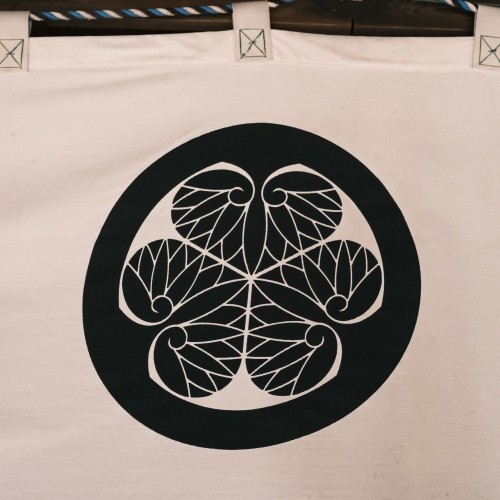
Tokugawa Ieyasu's family crest was known as the "Mitsuba Aoi" (Three-Leaf Hollyhock). This crest features three hollyhock leaves, with visible veins, arranged in a balanced and harmonious pattern. It symbolized the Tokugawa family and served as a mark of authority for Ieyasu as the shogun who unified Japan under the Tokugawa Shogunate.
Interestingly, the Mitsuba Aoi crest is based on the "Futaba Aoi" (Two-Leaf Hollyhock) crest, which is the sacred emblem of Kyoto's Kamigamo Shrine. During the Sengoku period, it was common for warlords to grant family crests to their retainers as rewards for their military achievements. However, Ieyasu strictly reserved the Aoi crest for the Tokugawa family alone and imposed strict regulations against unauthorized use. In fact, the eighth shogun, Tokugawa Yoshimune, issued a law in 1723 prohibiting the unauthorized use or disrespectful treatment of the Aoi crest.
Famous Quotes Attributed to Tokugawa Ieyasu
One of the most well-known quotes attributed to Tokugawa Ieyasu is found in a document known as Tōshōgū Goikun ("The Testament of Ieyasu").
The following passage from Reading Edo Period Historical Documents – Ieyasu, Hidetada, and Iemitsu provides an example:
"A person’s life is like carrying a heavy burden along a distant road; one must not rush. If you accept hardship as a normal part of life, you will have no dissatisfaction. When desires arise in your heart, remember the times when you were in hardship. Endurance is the foundation for a peaceful, long life, and anger is an enemy. If you only know how to win and do not know how to lose, it will bring harm upon yourself. Blame yourself, not others. Having less is better than having too much." (Reading Edo Period Historical Documents – Ieyasu, Hidetada, and Iemitsu, Tokyodo Publishing, 2012, p. 29)
The Tōshōgū Goikun conveys a message similar to the following:
"A person's life is akin to carrying a heavy burden along a long road, so one must never rush. If you accept hardship as part of life, you will find no dissatisfaction. When desires arise in your heart, remember the times you faced difficulties. Endurance is the foundation for a long and peaceful life, and anger should be seen as an enemy. If you only know how to win and do not understand how to lose, it will bring harm to yourself. Blame yourself, not others. It is better to feel you have less than to have too much." (Reading Edo Period Historical Documents – Ieyasu, Hidetada, and Iemitsu, Tokyodo Publishing, 2012, pp. 38–39)
This quote reflects Ieyasu's perspective shaped by his childhood as a hostage and his subsequent approach to seizing power without rushing. His patience and steady progress ultimately led him to become the shōgun and establish an era of peace in Japan. It exemplifies a spirit of perseverance.
However, caution is warranted in interpreting this testament. According to Reading Edo Period Historical Documents, the Tōshōgū Goikun may not have been directly authored by Ieyasu. Instead, it is believed to be a modified version of a didactic text attributed to Tokugawa Mitsukuni, which was later circulated under the title Tōshōgū Goikun.
Tourist Attractions Related to Tokugawa Ieyasu
So far, we have explored the life of Tokugawa Ieyasu, including his character and family crest. To conclude the article, here are three tourist attractions in Japan associated with his life. If you find yourself interested in Ieyasu, I encourage you to visit these sites.
Kunozan Toshogu (Shizuoka City, Shizuoka Prefecture)

This shrine is dedicated to Tokugawa Ieyasu and was established at Kunozan, where he was buried, according to his will. The shrine was built under the name of Hidetada, the second shōgun of the Tokugawa shogunate. The main hall, a representative structure from the early Edo period, has been designated as a national treasure, and various amulets related to success, health, longevity, and education inspired by Ieyasu are available.
East Gardens of the Imperial Palace (Chiyoda, Tokyo)
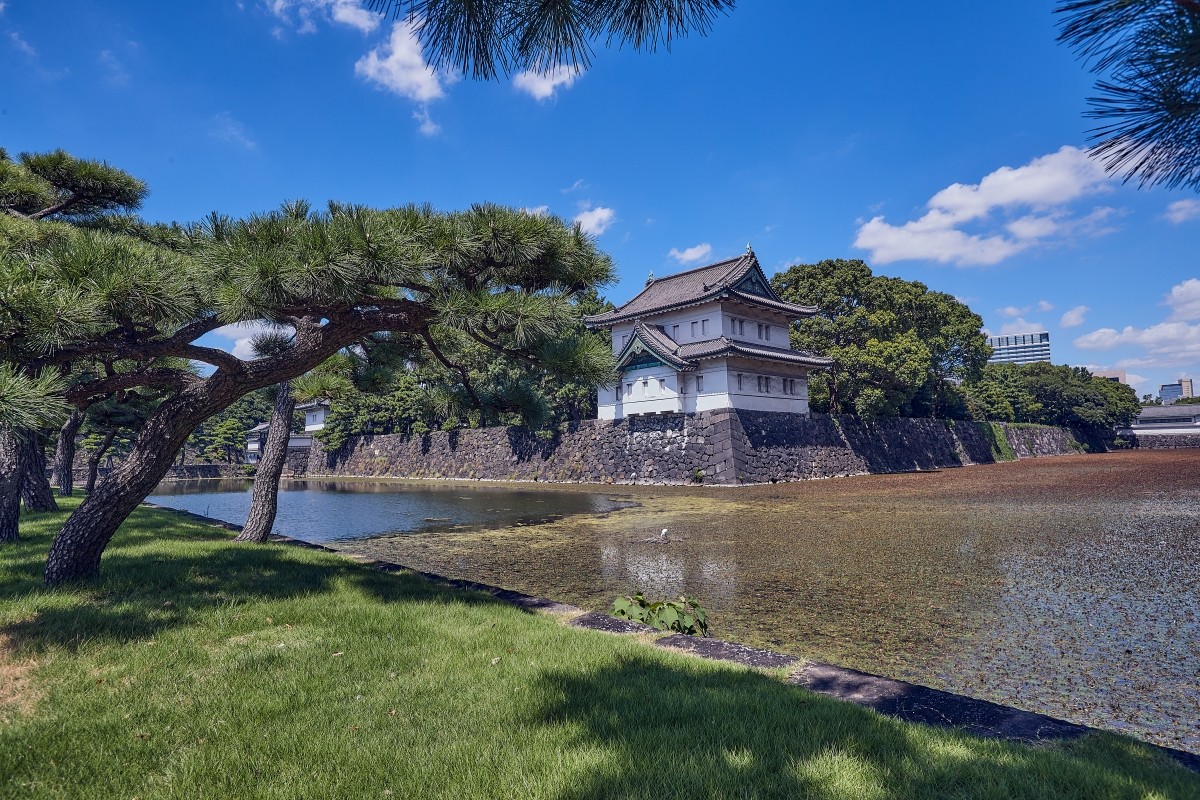
Currently the residence of the Imperial Family, the Imperial Palace was once Edo Castle, where successive shōguns lived. The East Garden was located at the center of Edo Castle, and it has been transformed into a public garden. Visitors can still see structures like the "Tenshudai," built from granite, and the "Fujimi Yagura," where shōguns reportedly enjoyed views of Mount Fuji and fireworks.
Nikko Toshogu Shrine (Nikko City, Tochigi Prefecture)
This shrine enshrines Tokugawa Ieyasu as its deity. It is famous for the "Yōmeimon" gate, designated as a national treasure, and the "Sleeping Cat" carvings, as well as the important cultural property "Shinkōsha," which features the three monkeys: "see no evil, speak no evil, hear no evil." The shrine complex was registered as a UNESCO World Heritage Site in 1999.
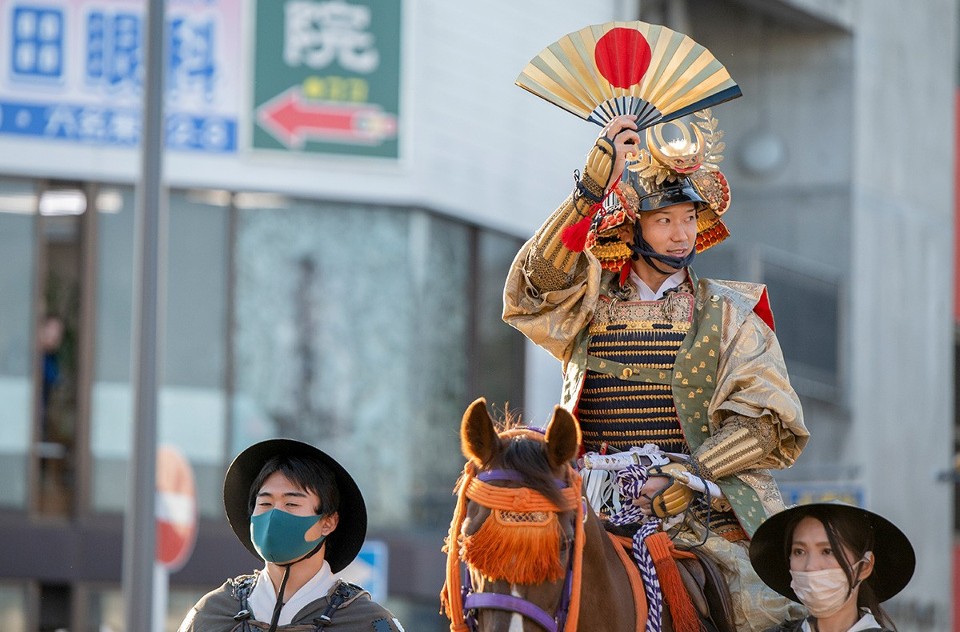
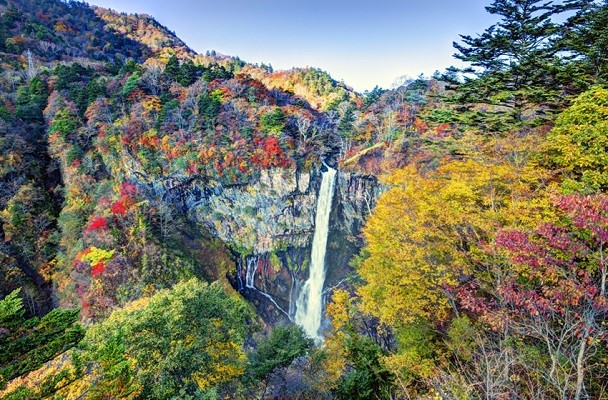
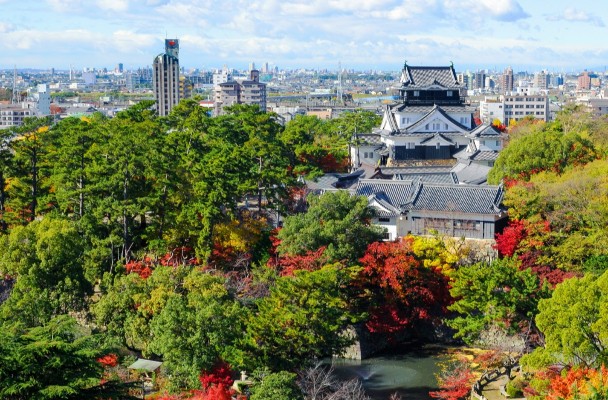
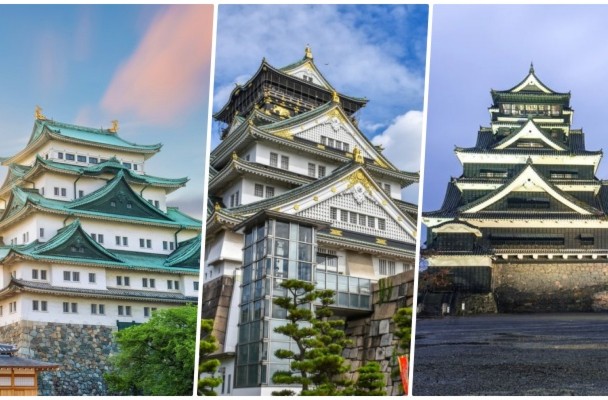
Comments